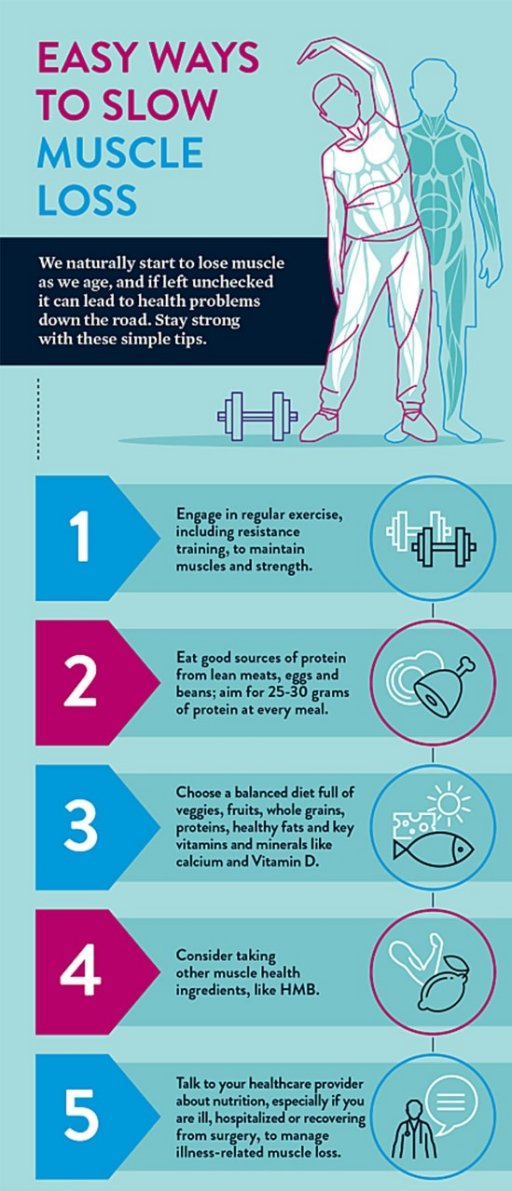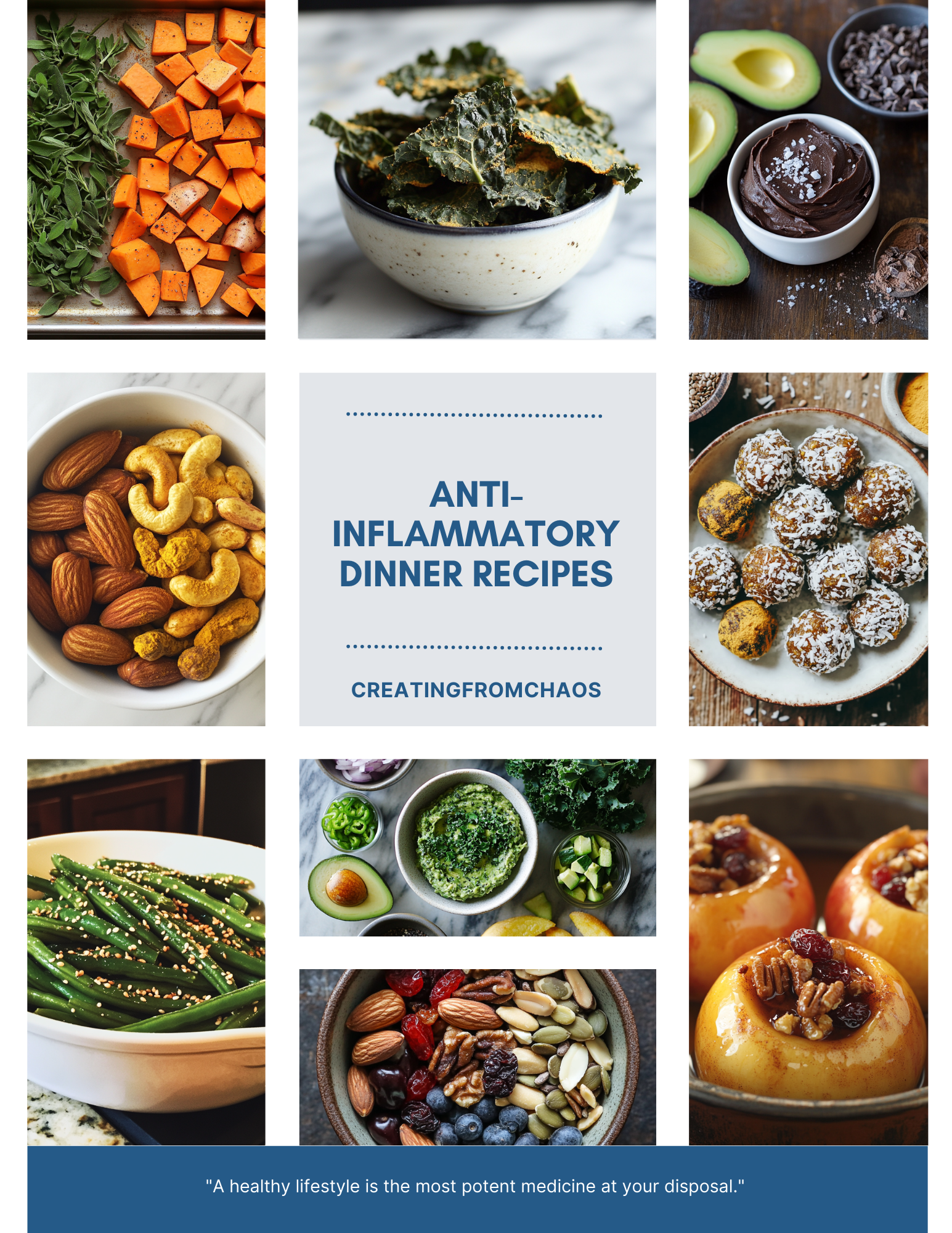Bouncing back from an injury can feel like an uphill battle—especially if you're over 40. But with the right strategies, mindset, and determination, you'll be back on your feet stronger than before.
Why you should take my advice?
I have always been a very active and athletic person, dedicating a significant portion of my life to various sports and physical activities. Throughout my adult life, I’ve successfully run a total of 3 marathons and more than 60 half marathons, in addition to participating in numerous 5-10K races that I can easily count. My passion for sports doesn’t stop there; I played soccer competitively all throughout college and continued to do so into my adult years, maintaining that competitive spirit. Through these experiences, I have gained valuable insights into the physical demands of rigorous training, which means I truly understand what it takes to bounce back from an injuries effectively and return to peak performance.
Can you Relate?
You’re used to working out 6 days a week but all of a sudden, it take 2x as long for the soreness to go away. What gives? Well, in this guide, we will dive into what foods to avoid and what foods to load up on while bouncing back after an injury. Don’t prolong your recovery – take these steps to ensure your body is getting the fuel needed to be 100% you again.
Getting injured is challenging in itself, but as our bodies age, recovery comes with its own unique set of hurdles. Understanding the physiological changes that occur in our bodies as we age is crucial for recognizing these hurdles. Slower healing times, a greater risk of re-injury, and juggling recovery with life’s responsibilities can all be daunting. Acknowledging these challenges can empower individuals to take proactive steps towards their recovery. However, injury recovery isn’t impossible—it simply requires a different approach, one rooted in patience, knowledge, and preparation.
This guide will walk you through the key factors that influence recovery over 40, actionable steps to safely return to activity, and expert advice to help you bounce back and stay resilient.
Incorporating insights from recent studies and testimonials can further illuminate the path to effective recovery.


Bounce back from an Injury after 40 starts with Understanding the Aging Body
Recovering from an injury at 25 is vastly different from recovering at 45. Over time, our bodies undergo natural physiological changes that impact healing and performance.
1. Slower Cell Regeneration - Recovery after an Injury after 40
Our ability to regenerate cells slows as we age, meaning cuts take longer to close, bruises linger, and injured tissues need more time to heal.This is because fibroblasts in scar tissue form collagen differently than in regular tissue. As a result, it’s thicker and less flexible than regular skin tissue.
Improve Cell Regeneration With These Lifestyle Changes and Products
1.regular exercise
2. a nutrient-dense diet
3.staying hydrated
4.reducing stress when possible
5.protecting against environmental factors, like ultraviolet (UV) rays, pollution, and dry weather
Or add these natural options.
1. papaya extract
2. jojoba oil
3. rosehip oil
4. coconut oil
5. citrus extracts, like orange peel
Curious why I'm suggesting Papaya Extract, Jojoba Oil, and Rosehip Oil for recovery after an injury?
The Healing Benefits of Papaya Extract
How to Use: Apply a small amount of papaya extract or mashed ripe papaya directly to clean skin and leave on for 10–15 minutes before rinsing. Use 2–3 times a week for best results.
🌿 Recommended Product: Glow Recipe Papaya Sorbet Enzyme Cleansing Balm Why it’s great: This balm uses natural papaya enzymes to gently exfoliate and dissolve makeup while leaving skin soft and nourished—perfect for healing, sensitive skin. Where to find: Sephora or Amazon
Healing Powers of Jojoba oil
How to Use: Apply a few drops to damp skin daily, especially after cleansing or showering. It also works well mixed into your favorite moisturizer or used as a gentle facial massage oil.
🌿 Recommended Product: Cliganic USDA Organic Jojoba Oil Why it’s great: Cold-pressed, 100% pure, and organic—this jojoba oil is lightweight and ideal for daily hydration, especially for mature skin. It’s also multi-purpose and absorbs quickly. Where to find: Amazon
Rosehip Oil is Loaded with Essential Fatty Acids and Vitamins A & C
How to Use: Gently massage 2–3 drops onto affected areas once or twice daily. Best used at night as part of your evening skincare routine.
🌿 Recommended Product: The Ordinary 100% Organic Cold-Pressed Rose Hip Seed Oil Why it’s great: Budget-friendly and ultra-effective, this product is known for fading dark spots and improving skin texture over time. It’s perfect for overnight skin rejuvenation. Where to find: Ulta, Sephora, or Amazon
Coconut Oil is known for its Antimicrobial & Anti-inflammatory Benefits
How to Use: Warm a small amount between your hands and apply directly to the skin. It can be used as a full-body moisturizer or as a spot treatment on healing areas.
🌿 Recommended Product: Kopari Organic Coconut Melt Why it’s great: A cult-favorite, this multi-use product hydrates everything from dry skin to split ends. It’s sustainably sourced, non-GMO, and smells heavenly. Where to find: KopariBeauty.com or Sephora
Citrus Peels are rich in Vitamin C
How to Use: Mix dried orange peel powder with yogurt or honey for a DIY mask, or look for citrus-infused oils or creams. Avoid use on open wounds and always apply sunscreen afterward, as citrus can increase sun sensitivity.
🌿 Recommended Product: TruSkin Vitamin C Facial Serum Why it’s great: With a base of orange extract and vitamin C, this serum helps brighten, tighten, and support healing skin. It’s a clean formula without parabens or synthetic fragrance. Where to find: Amazon, TruSkin.com
2. Reduced Muscle Elasticity
Muscles, tendons, and ligaments lose elasticity with age, making them more prone to re-injury if overloaded too quickly. As we age it’s normal to experience some reduction in muscle mass, strength and function, a condition known as sarcopenia. These changes begin as early as your 30s and continue at a rate of 3% to 5% per decade. The good news is that strength training (check out my quick and effective strength training workouts you can do anywhere and in as little as 20 minutes) can help you maintain and rebuild muscle at any age.
Check out this article, 5 ways to age-proof your muscles.

3. Higher Likelihood of Pre-Existing Conditions
Conditions like arthritis, joint pain, or reduced bone density are more common after 40 which is why recovery after an injury after 40 is so difficult. These issues can affect the recovery timeline and require tailored rehabilitation strategies.
The first step in bouncing back from an injury is understanding your body’s current state and adjusting your recovery plan accordingly. Understanding your body’s state after an injury involves recognizing the signs of healing and potential issues. The body typically responds to injury with an inflammatory response, including redness, heat, swelling, and pain, which is a natural part of the healing process.
The best ice pack for treating soreness and injuries.
Gradual Return to Training is the best way to Recovery after an Injury after 40
What I see all the time, is people returning to full power workouts immediately after the injury heals. This will only result in more injuries and a longer recovery. Jumping back into intense workouts post-injury is tempting, especially if you’re eager to return to your former fitness level. But rushing can lead to setbacks. Here’s how to reintroduce exercise safely.

1. Start Slow and Build Gradually
Begin with low-impact activities like swimming, cycling, or yoga to maintain fitness without putting undue stress on healing tissues.
2. Incorporate Strength Training
Focus on using light weights or resistance bands to rebuild muscle mass and improve stability. Exercises like bodyweight squats, planks, and single-leg balances can enhance strength and coordination.
3. Prioritize Proper Warm-Ups and Cool-Downs
Include dynamic stretches before workouts and static stretches or foam rolling afterward to reduce the risk of further injury.
4. Listen to Your Body
One of the biggest mistakes is ignoring pain signals. Discomfort is your body’s way of telling you to slow down, so don’t push through.
Success Story: After tearing his shoulder at 50, Michael, an avid weightlifter, took six months to ease back into training. By focusing on lighter weights and mastering proper form, he not only recovered but returned stronger than before.
Bounce back from an injury faster with the proper Nutrition:
What you eat has a direct impact on your recovery. Fueling your body with the right nutrients can speed up tissue repair and reduce inflammation.
1. Focus on Anti-Inflammatory Foods
Include foods rich in omega-3 fatty acids, antioxidants, and vitamins, such as salmon, leafy greens, berries, and nuts.
Grab my free 50- Recipe Anti-Inflammatory Guide and see how you can heal at a faster rate by incorporating less processed foods into your diet.
2. Prioritize Protein
Protein is essential for repairing damaged muscles. Incorporate lean meats, tofu, legumes, and eggs into your meals.
3. Stay Hydrated
Hydration supports circulation and nutrient delivery to injured areas. Aim for at least 8 glasses of water a day, and avoid excessive caffeine or alcohol, which can dehydrate you.
4. Supplements for Recovery
Consider collagen or glucosamine supplements to support joint health, but consult a healthcare professional before starting any new regimen.
Success Story: At 45, Karen, a runner, overcame a knee injury by combining a high-protein diet with turmeric and omega-3 supplements. Within months, she regained her strength and completed a 10K.
Interested In How to Cook Anti-Inflammatory Meals?
How to Maintain Mental Resilience
90% of running long distance is mental, only 10%.
Jim Wood Tweet
Recovery isn’t just physical—it’s mental. The frustration of not being able to perform at your usual level can weigh heavily, but building resilience is key to overcoming setbacks.
Steps to curve your mental self doubt
1. Accept your current Situation
It’s natural to feel impatient, but comparing your current abilities to your peak performance won’t help. Focus on incremental progress.

2. Practice Stress Management
Chronic stress can delay healing by raising inflammatory markers in the body. Incorporate relaxation techniques like deep breathing, meditation, or journaling into your day.
Try of of these meditation journals if you need help.
3. Set Realistic Goals
Break your recovery into small, manageable milestones to maintain motivation. Celebrate every win—no matter how small.
4. Seek Support from a Community
Share your struggles and triumphs with other like-minded individuals. Joining a fitness or recovery group can provide encouragement and accountability.
Success Story: At 60, John’s Achilles tendon injury left him sidelined from tennis. However, by practicing gratitude, staying consistent with rehab exercises, and leaning on his local tennis community, he was back on the court within eight months.
Try finding groups of individuals to connect with on Reddit or Facebook.
Common Mistakes to Avoid
- Pushing Through Pain: Ignoring discomfort can lead to re-injury and prolong recovery.
- Skipping Professional Guidance: Work with a physical therapist or sports medicine doctor to create a personalized rehabilitation plan.
- Rushing Back Too Soon: Build your fitness gradually to avoid overwhelming your body.
- Overlooking Recovery Practices: Stretching, foam rolling, and massage are essential for long-term recovery.
Avoid these missteps to set yourself up for success.
Reclaim Your Strength, One Step at a Time
Bouncing back from an injury after 40 may require a bit more patience, but with the right approach, it’s entirely possible to come back stronger and more resilient.
- Understand your body. Take time to acknowledge the unique challenges that come with age.
- Be consistent. Gradual progression and proper nutrition will work wonders.
- Stay positive. With mental resilience and expert guidance, you’ll overcome setbacks.
If you’re ready to take the next step in your recovery, schedule a consultation with our physical therapy experts to create a tailored plan for your needs. And don’t forget to download our free guide on injury prevention for valuable tips to stay healthy and active.
Your comeback story starts now—share your injury recovery experiences in the comments!









